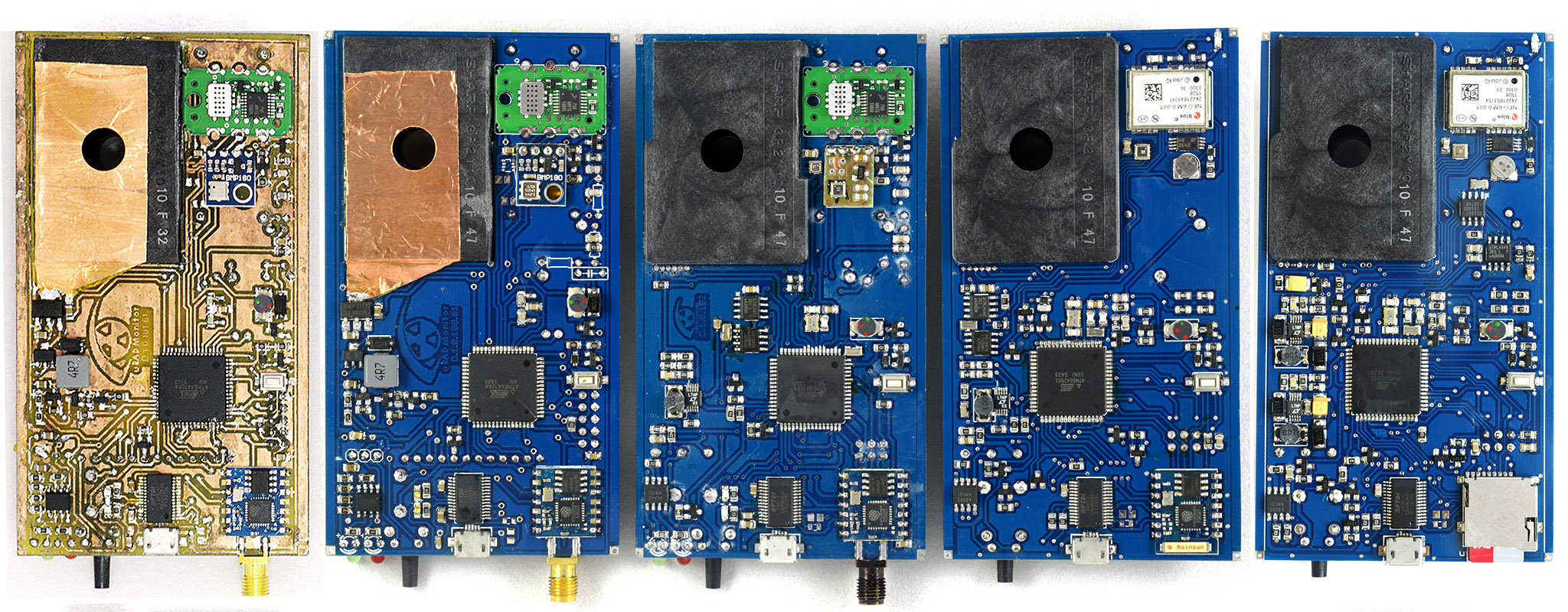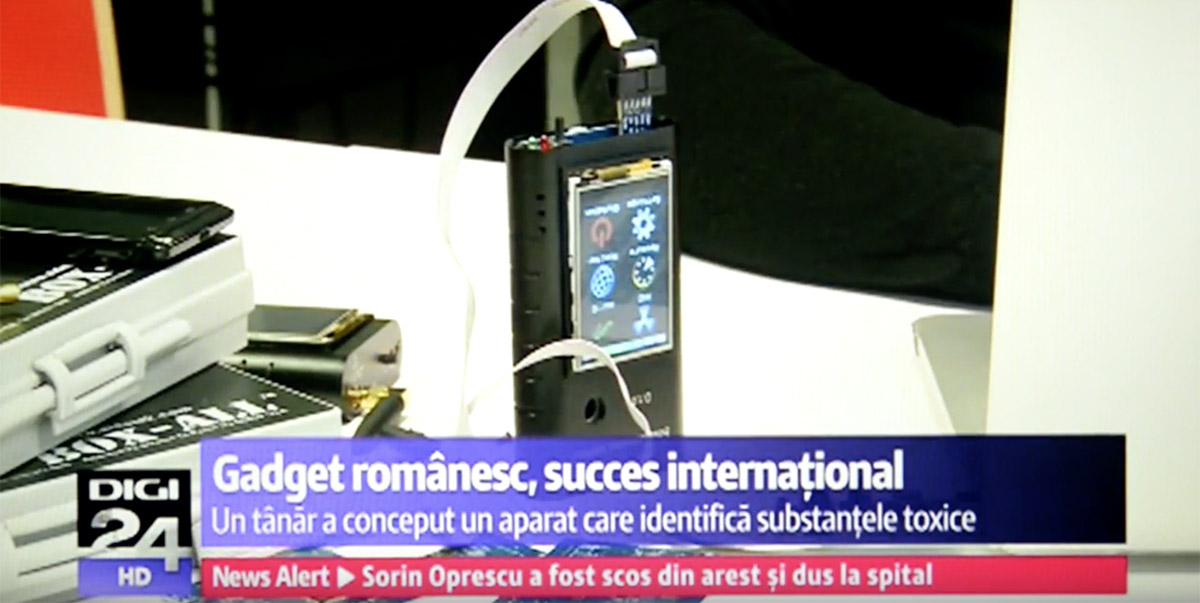For some time now I’ve been swamped with work, among other things working to finalise one of the hardware products I designed, the uRADMonitor D. This is the very one that goes back to 2015, and had a very quick start with the prototype being ready in only a month. From BETA to the Final […]

uRADMonitor featured by Bosch
The uRADMonitor model D was the first to go beyond detecting only ionising radiation, by adding various air parameters to the list of monitored values. Now a single handheld device contains enough sensory to assert a large interval of environmental parameters and identify pollution factors. One of the air sensors is the BME680: a low […]
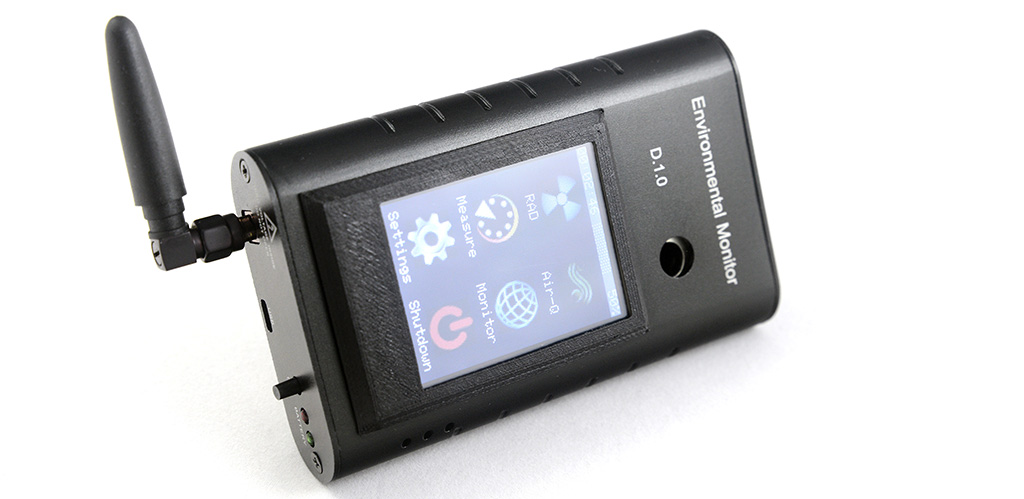
Model D updates
Some of the remaining changes for uRADMonitor model D included finalising the firmware and identifying a few better alternatives for the LCD bezel. Should the indieGogo campaign reach it’s stretch goal, we’ll also see a GPS module added to this unit, and an internal antenna for a more compact design. But getting back to the […]
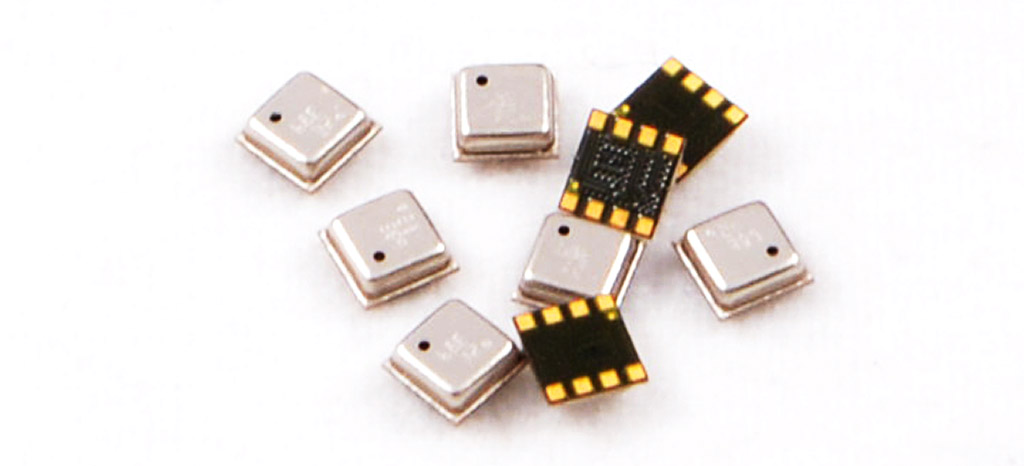
Bosch BME680
The BME680 is an integrated environmental sensor developed specifically for mobile applications and wearables, where size and low power consumption are key requirements (source). Thanks to Bosch Sensortec, several BME680 samples have been provided to assist further development of the uRADMonitor-D project and support the monitor’s air quality assertion. The part of the uRADMonitor-D code […]

Pollution monitor meets 3d printing
The portable environmental monitor is finalist in both categories of the Hackaday Project, Best Product and the GrandPrize but the development doesn’t stop here. We’ve managed to put together a complex piece of equipment that also has an appealing design. One thing missing was a proper bezel to protect the LCD and to hide the […]

Hackaday Prize 2015 Grand Prize Finals
The portable environmental monitor project or the uRADMonitor-D was announced today as one of the 10 finalists of the Hackaday Prize 2015, from a total of almost 1000 initial entries. With this highly honourable distinction, the uRADMonitor project is committed to continue its mission of tracking health threatening pollutants at global scale. By expanding the […]
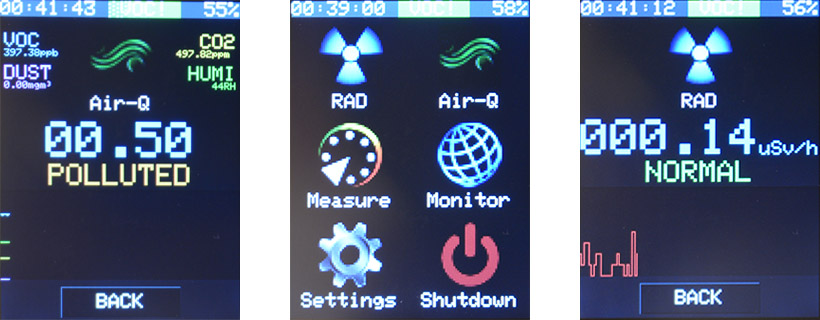
Hackaday Prize 2015 Best product finals
The portable environmental monitor project or the uRADMonitor Model D, had its Finals deadline today, for the Hackaday Prize 2015 Best product category, where it competes with nine other projects for the grand prize. A series of upgrades have been introduced, to meet the competition requirements, but also improve the project forward. These include the […]

Model D – Production Ready!
The portable environmental monitor addresses pollution, the kind that we are unable to see but directly affects our health and can cause life threatening diseases. Airborne toxic chemicals, radioactive dust and radioactive radon are correlated with cases of pulmonary cancer, asthma and heart disease. Since our biological senses can do little to warn us of […]

uRADMonitor Model D Beta
The uRADMonitor-D, also known as the Portable Environmental Monitor is a powerful handheld unit equipped with advanced sensors to detect and warn against hazardous airborne substances. Three Beta stage prototypes are currently in transit for the Hackaday Headquarters to be part of the Hackaday Prize 2015 competition. Fingers crossed, winning this would boost the uRADMonitor […]
First uRADMonitor Model D prototype is ready
The first uRADMonitor-D hardware prototype is ready, while the software is still under development. See the progress and read more details here: http://www.pocketmagic.net/the-first-prototype/

Model D Radiation Sensor
The previous blog entry on the uRADMonitor D presented a few details on this new radiation detector, stating that it will be able to detect not only gamma radiation, but also beta and alpha (including radioactive radon sources). One problematic issue was sourcing the proper detector, one that was both sensitive and small to fit […]
